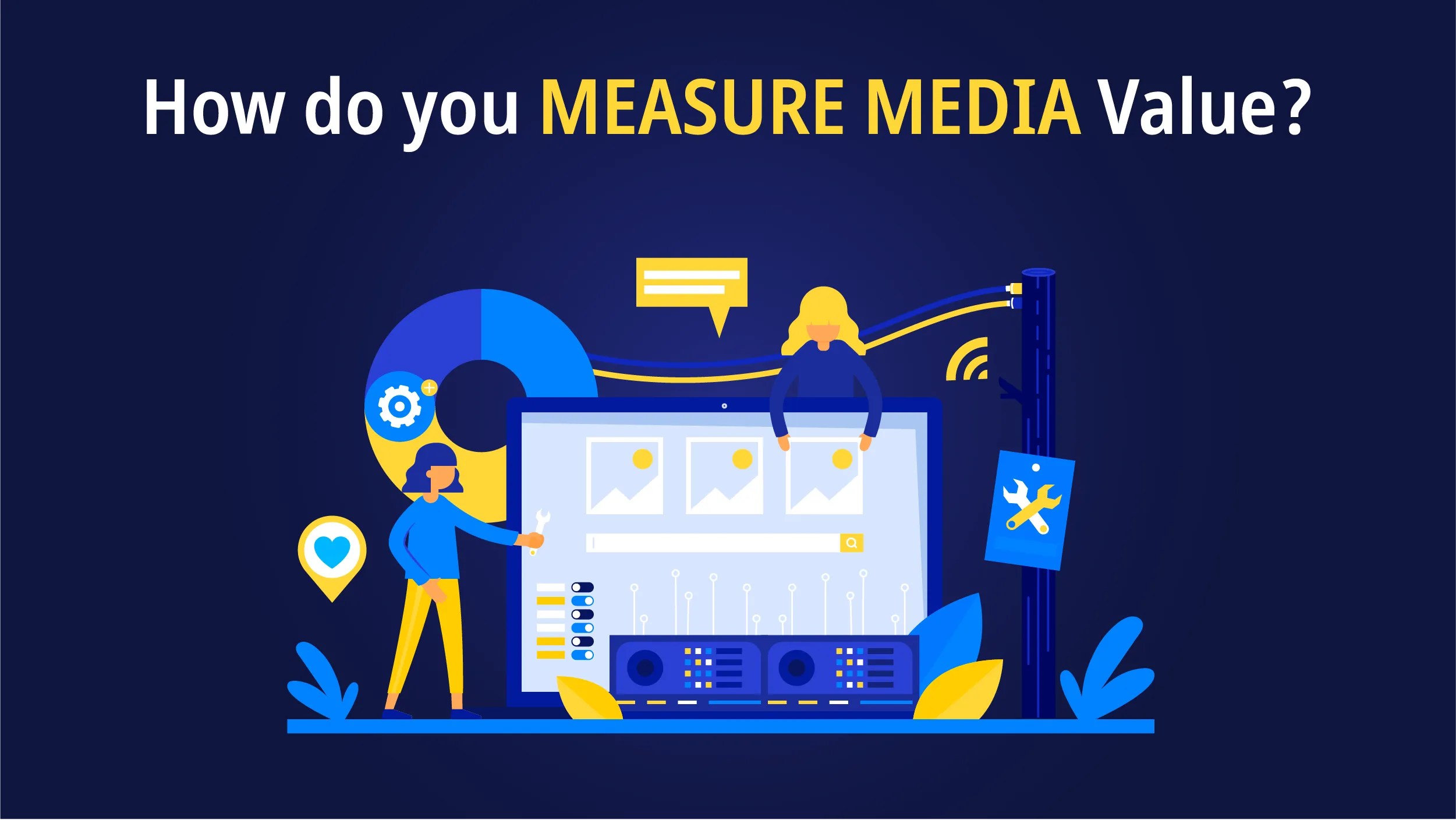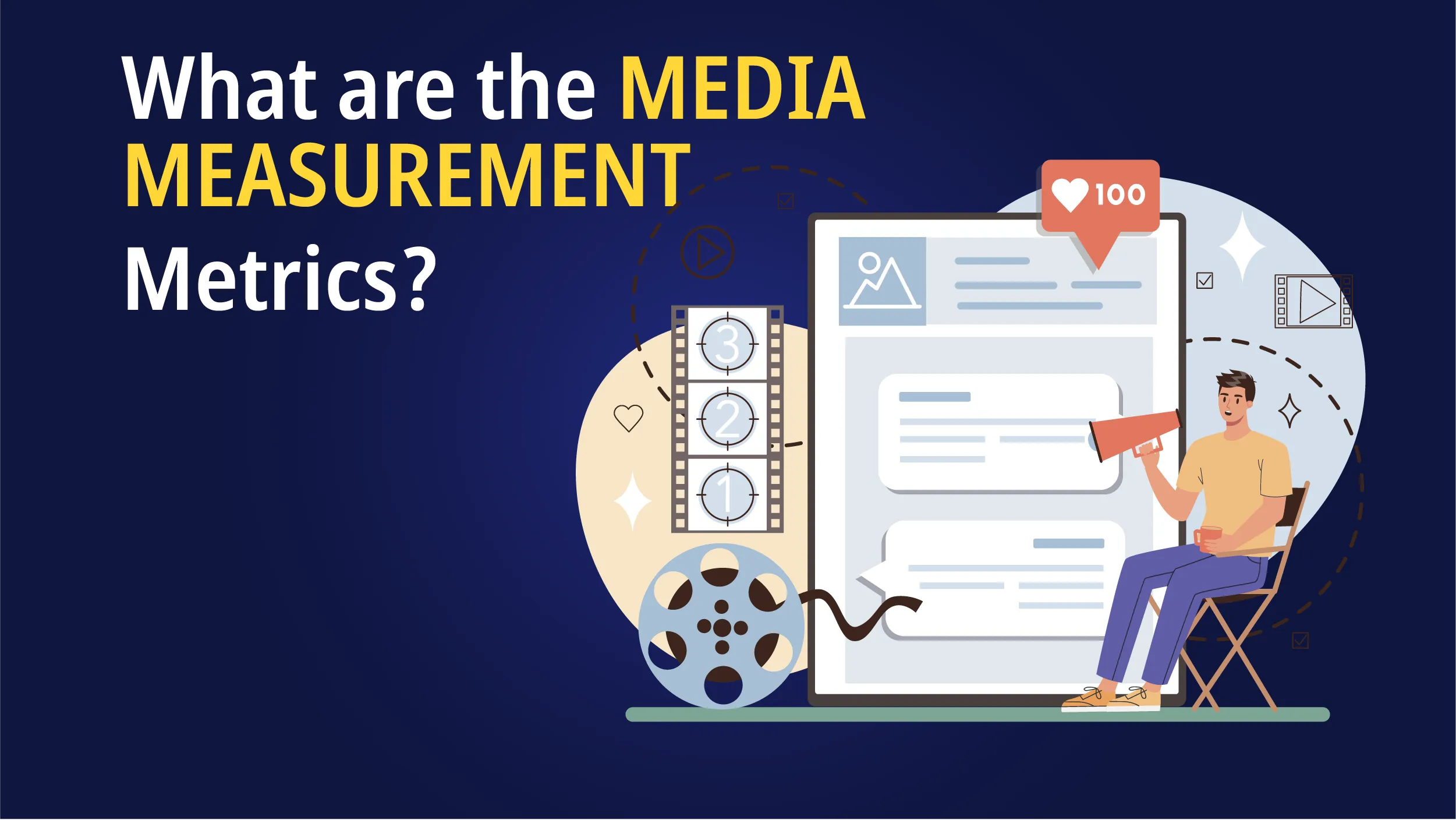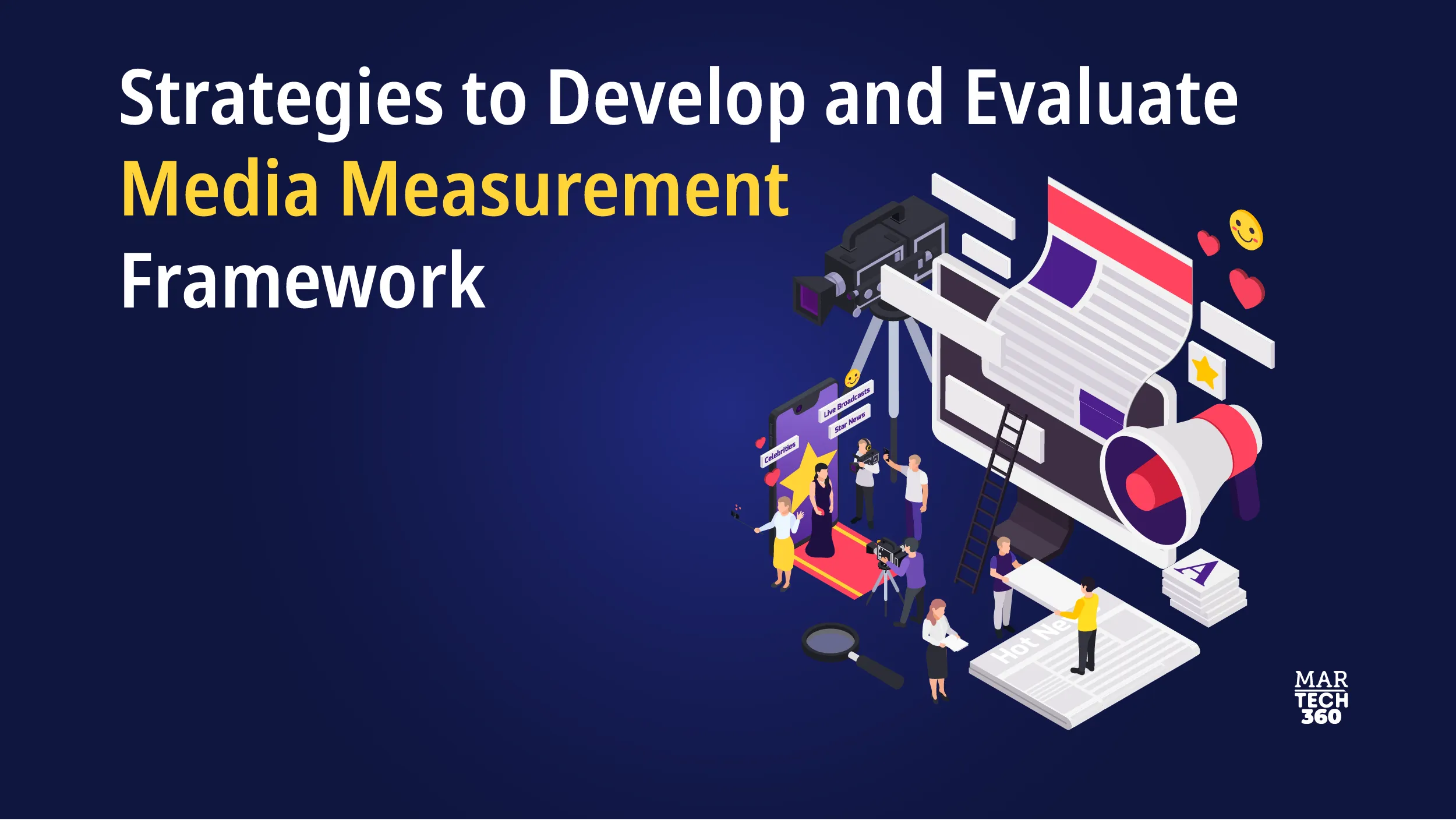In an era where the volume of information has become overwhelming for people to consume, it can be challenging for businesses to disseminate their content and stand out from the marketing clutter. Businesses are designing and executing various media coverage campaigns to increase their penetration to a wider target audience. However, it is crucial to have media measurement metrics implemented to evaluate the campaign’s effectiveness.
Executing a SWOT analysis on their media coverage campaigns can help marketers understand the true potential and opportunities in their media coverage campaigns. This blog will give you an overview of how organizations can measure media value.
What is Media Measurement?
Media measurement is a media performance tracking strategy used to measure the impact of media coverage campaigns. Measurement of media coverage encompasses various dimensions so that it is in alignment with organizational goals, the extent of campaign effectiveness, and the enterprises’ willingness to strategize and execute the plan depending on the output.
How do you Measure Media Value?

There is no one-size-fits-all approach to determining the impact of the campaign’s effectiveness. Here are a few strategies that businesses can consider to quantify their media coverage.
● Establish Clear Objectives
It is crucial to define what media impact means to the organization. This step is crucial in creating a roadmap to the marketing strategies.
● Enforce Relevant Key Performance Indicators (KPIs)
Once the marketing team understands the goal of deploying a media coverage strategy, it is important to set relevant KPIs to effectively quantify the advantages of the media coverage
● Evaluate the Impact of The Media Coverage Campaigns
Marketers need to have efficient data analytics tools to regularly monitor and report the set KPIs to improve the decision-making and communication strategy of the organization.
● Explore New Opportunities
Marketing leaders need to discover the reach of their content by understanding the end users who are consuming the content to get valuable insights from the existing and previous campaigns.
● Take an Omnichannel Approach
Select a mix of ideal marketing channels for an effective, interactive, and engaging omnichannel approach.
Also Read: Customer Data Analytics: What It is and How to Use It For Business Growth?
Dos and Don’ts to Develop an Effective Media Measurement Framework
Developing an effective media measurement strategy needs vigilant planning that aligns with the organization’s goals and objectives. It also needs to involve the utilization of accurate tools and strategies to improve the campaign’s effectiveness. If you are a marketing leader, here are a few dos and don’ts that you can consider to improve your media performance tracking:
● Centralize the Goals
Marketing leaders should consider aligning their KPIs with SMART measurement metrics. The media measurement framework should be smart, measurable, achievable, relevant, and time-bound and align with the business goals.
● Do Not Develop an Intricate Framework
Too much data can spoil the campaigns. Marketers need to avoid the temptation of using all the data sets. It ends up in developing a complex measurement framework. Marketing decision-makers should concentrate on developing key metrics that directly align with the business goals.
● Consider the Other Aspects Too
Develop a robust media measurement metrics framework that considers various aspects of media performance. It includes the measurement of metrics across various channels, platforms, campaign stages, and demographics. Marketers should have a holistic view of their media coverage campaigns to get actionable insights into the areas of improvement.
● Data Quality Should Be Paramount
Accurate and reliable data sets are at the core of making the right informed decisions. Business leaders should implement effective data validation strategies that execute diligent quality checks on a regular basis and proactively address the concerns that arise in real time.
● Implement the Right Analytics Tools in the Tech Stack
It is essential to deploy a vast range of advanced analytics tools to simplify the process of acquiring, assessing, and reporting data. While selecting the right tools it is crucial to implement the ones that understand and cater to your organization’s distinctive measurement needs and seamlessly integrate with the current systems.
● Set High Standards
Evaluating the advertising ROI against the industry standards and competitors allows businesses to get valuable insights into understanding the effectiveness of the media coverage campaign. It is also critical to determine the external influences like economic uncertainty, seasonality, and marketing trends that can have an impact on the media coverage’s effectiveness. Incorporating these factors into the media measurement metrics will help businesses to improve their decision-making.
Finding The Right of Media Measurement Metrics Strategy
Here are a few frameworks that businesses can consider to measure the campaign effectiveness of their media coverage:
1. Marketing Mix Modeling (MMM):
This media measurement metrics approach uses past data and statistics to determine the impact of multiple marketing channels on overall performance. The marketing mix modeling approach will offer an overview of the contribution of each channel and assist in optimizing resource allocation.
2. Incrementality Evaluation:
Conduct controlled experiments to assess the incremental impact of your marketing strategies. By comparing outcomes between a group exposed to the marketing activity and a control group, you can pinpoint the actual effects of your campaigns.
3. Attribution and Multi-Touchpoint Analytics:
Implement robust marketing attribution models such as first touch, last touch, and multi-touch to get a holistic view of the customer journey and insights to understand the touch point effectiveness.
It is recommended to amalgamate these strategies to get a comprehensive view of the media impact to make informed decisions based on data.
What are the Media Measurement Metrics?

Key performance indicators (KPIs) and metrics are crucial for organizations to evaluate the success of their strategic communications and media outreach. Key metrics include:
1. Share of Voice (SOV):
This measures media presence and the extent of dominance in coverage, comparing an organization’s media visibility to that of similar entities. A higher SOV suggests that a brand enjoys a larger share of media coverage and mentions compared to competitors or peers, leading to increased visibility and awareness.
2. Sentiment of Coverage:
This evaluates how the media depicts an organization, its products, executives, and other critical aspects of its operations and strategy. By analyzing whether the media coverage is positive, negative, or neutral, this metric provides insights into public perception of the brand, its products, services, and more. Monitoring sentiment helps identify trends and measure the impact of both favorable and unfavorable news stories on the organization’s PR and marketing initiatives.
3. Volume of Coverage:
By monitoring the number of mentions in the media or articles, this metric measures the penetration and impact of the PR efforts. Establishing a foundation and monitoring fluctuations in coverage can highlight events that attract significant media interest or signal potential issues requiring attention.
4. Quality of Coverage:
The quality and impact of media coverage can vary. Evaluating the quality involves considering factors such as the authority or reputation of the media source, the relevance and depth of the content, and whether the coverage includes key messages. This assessment offers a more nuanced understanding of media impact.
5. Engagement:
This metric examines how audiences interact with media coverage and content, which can be tracked at the outlet level or through sharing metrics. For social media, engagement is measured by comments, likes, shares, and click-through rates, providing an indication of audience interest and the effectiveness of an organization’s content.
Wrapping Up Media Measurement Strategies
Evaluating the media coverage performance is a critical task for marketers and public relations teams to evaluate the campaign’s effectiveness. Determining the reach, sentiment, and dominance can be leveraged to evaluate the effectiveness of the marketing campaign. We at Martech360 help our clients expand their market reach and evaluate their campaign effectiveness based on the media measurement metrics mentioned in the blog.


Comments are closed.